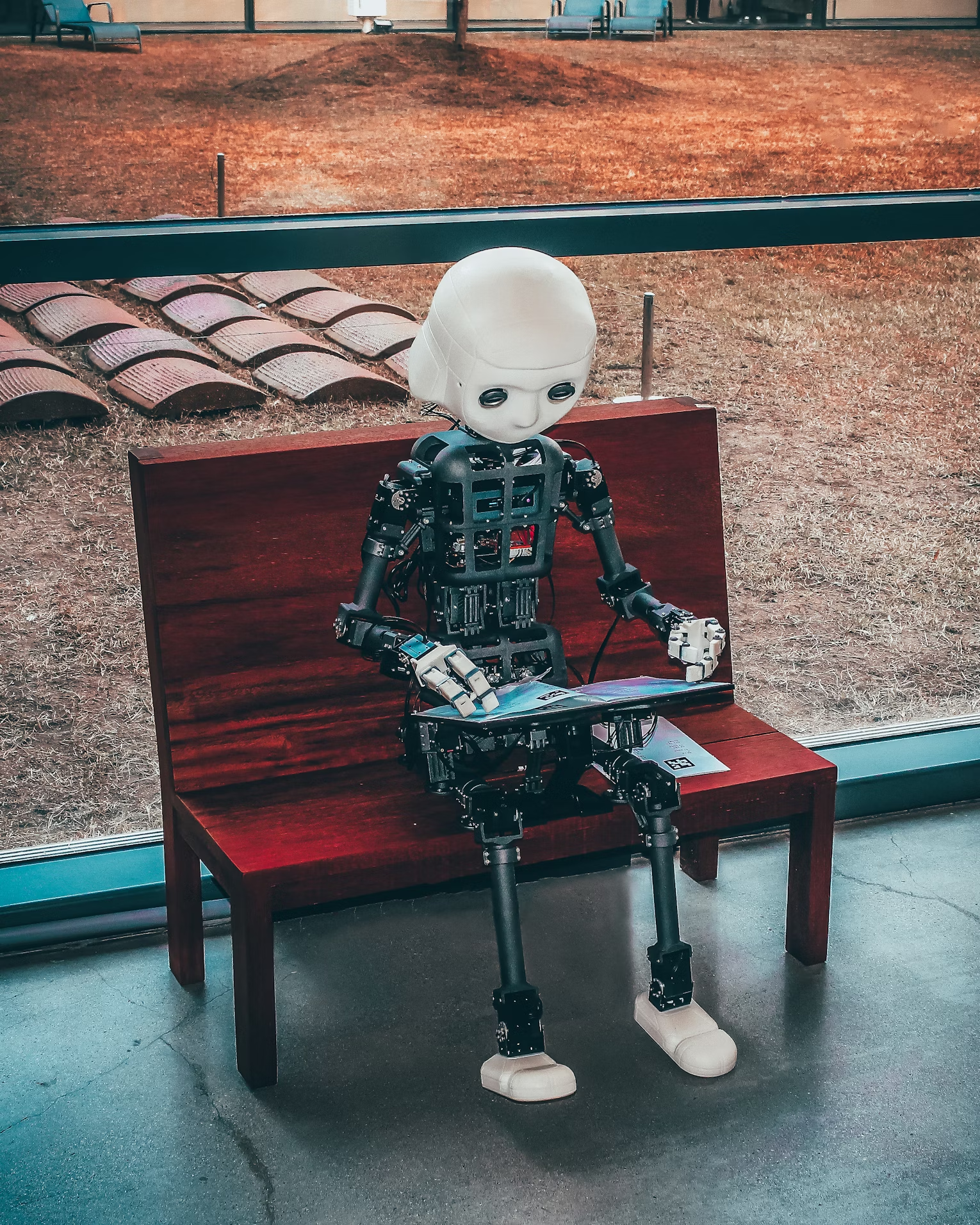Special Guest Post
by Lowell Rice
Lowell was all about finances and business until the pandemic gave her the opportunity to explore the amazing world of writing. What started as a hobby became a full-time occupation, and now she dedicates her time to writing insightful tips on personal finance, work life, and navigating the business environment across various websites.

In today’s digital era, Artificial Intelligence (AI) is revolutionizing various fields, and writing is no exception. Whether you’re a seasoned author or a student relying on a free plagiarism checker, the impact of AI on writing is profound and multifaceted. But how exactly is AI changing the landscape of writing, addressing plagiarism, and influencing the spread of misinformation? Let’s delve into these fascinating transformations.
The Rise of AI in Writing
AI as a Writing Assistant
Imagine having a personal assistant who never sleeps, always ready to help you craft the perfect sentence. That’s what AI-powered writing tools offer. From grammar and style suggestions to content generation, these tools are reshaping how we write. Programs like Grammarly and Hemingway Editor analyze your text in real time, providing instant feedback on grammar, readability, and even tone.
Content Generation
AI doesn’t just assist in refining existing content; it can also create new material from scratch. Tools like OpenAI’s GPT-4 can generate articles, stories, and even poetry that are often indistinguishable from human-written content. This capability is particularly valuable for businesses that need to produce large volumes of content quickly, such as blogs, social media posts, and marketing materials.
Personalized Writing Experience
AI can tailor the writing experience to individual needs. AI tools can offer personalized suggestions by analyzing a user’s writing style and preferences, making writing more efficient and enjoyable. This personalized approach helps writers of all levels enhance their skills and produce better content.
Battling Plagiarism with AI
Advanced Detection Techniques
Plagiarism has always been a concern in the academic and professional world. However, AI is changing the game with advanced detection techniques. Traditional plagiarism checkers compare text against a database of existing content. In contrast, AI-powered tools can analyze the text’s context, structure, and semantics, making it much harder for plagiarists to slip through the cracks.
Free Plagiarism Checkers
The accessibility of AI-powered free plagiarism checkers has democratized the fight against plagiarism. These tools are now available to everyone, from students to professionals, ensuring that content is original and properly cited. By using these checkers, we can uphold the integrity of our work and maintain high standards in writing.
Preventing Unintentional Plagiarism
Unintentional plagiarism is a common issue, especially among students. AI tools can help by highlighting areas that might need proper citation or rephrasing. This educational aspect of AI not only prevents plagiarism but also teaches users about proper attribution and academic honesty.
The Double-Edged Sword: AI and Misinformation
The Spread of Misinformation
While AI offers incredible benefits, it also has a dark side. The same technology that can generate compelling content can also create and spread misinformation. AI can produce fake news articles, deep fake videos, and misleading social media posts that are alarmingly convincing.
Detecting Misinformation
Thankfully, AI is also part of the solution. Advanced algorithms can detect patterns and anomalies that suggest misinformation. For example, AI can analyze the metadata of images and videos to identify deepfakes or track the origin of a news story to assess its credibility. Social media platforms increasingly use these tools to flag and remove false information.
The Role of Human Oversight
Despite AI advancements, human oversight remains crucial. AI can assist in detecting and combating misinformation, but it cannot replace human judgment. Media organizations and tech companies need to work together, using AI to support human decision-making, not replace it.
Developing a Critical Mindset
Question the Source
One of the most important skills in the digital age is the ability to question the source of information. When you come across a piece of news or an article, consider who wrote it, why they wrote it, and where it was published. Reliable sources are usually transparent about their authorship and purpose.
Check the Facts
Always verify the facts before accepting any information as truth. Use multiple sources to cross-check the information. If several reputable sources confirm the same facts, the information is likely accurate. AI tools can provide quick access to a wide range of sources for fact checking.
Be Aware of Bias
Bias exists in all forms of media, and it’s essential to recognize it. AI algorithms can sometimes perpetuate bias if they are trained on biased data. As a reader, be aware of the potential for bias and strive to consume information from diverse perspectives.
Use AI Wisely
AI tools can assist in identifying reliable information and detecting misinformation. Use these tools to your advantage, but don’t rely on them entirely. Combine AI assistance with your critical thinking skills to make informed decisions about the content you consume.
Ethical Considerations
Responsible AI Development
The development of AI for writing, plagiarism detection, and misinformation prevention must be guided by ethical principles. Developers and users alike need to consider the implications of AI technologies. Transparency, accountability, and fairness should be at the forefront of AI development.
Educating Users
Education is key to ensuring that AI is used responsibly. Users must understand how AI works, its benefits, and its limitations. By educating ourselves and others, we can make informed choices about how we use AI in writing and information consumption.
Balancing Innovation and Regulation
There is a delicate balance between fostering innovation and implementing necessary regulations. While we should encourage the development of AI technologies, we must also establish guidelines to prevent misuse. Collaboration among tech companies, governments, and civil society is essential to strike this balance.



Leave a Reply